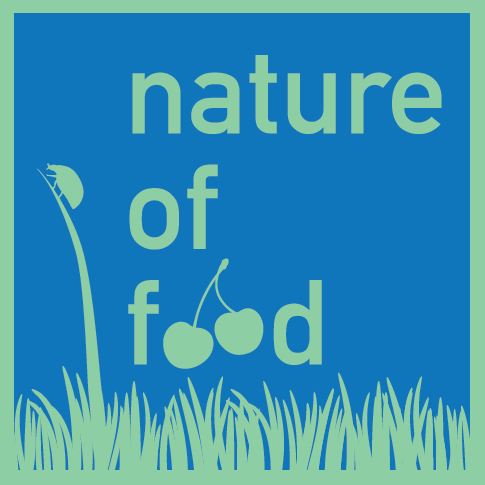Exploring the science behind the food we eat
Funded by the British Ecological Society, ‘Nature of Food’ will be the only science exhibit at the BBC Good Food Show this summer.
Through interactive activities and games, visitors will explore how ecology has shaped our most popular foods and the vital role it will play in the future.

Researchers from the N8 AgriFood Resilience Programme, a partnership of eight universities in Northern England (Lancaster, Durham, Leeds, Liverpool, Manchester, Newcastle, Sheffield and York) will showcase their work, demonstrating how science can contribute to sustainable, resilient and healthy food supplies.
Activities include:
- Are you a supertaster? Only 25% of the population are supertasters, carrying a genetic trait that gives them a more intense sense of taste. They perceive foods as sweeter, spicier, more bitter, etc. Visitors can ‘take the test’ and find out if they are a supertaster. Bitter foods (e.g. green vegetables, dark chocolate and turmeric), for example, are high in antioxidants and scientists are finding new ways to make these more palatable to promote healthier eating.
- The evolution of wheat: The wheat we eat today is the product of thousands of years of selective breeding to create the perfect bowl of pasta and loaf of bread. But what next? Explore the creation of our staple foods and see how wild relatives are the key to their future. Gluten-free diets are gaining popularity, new pests are emerging, climate change is challenging the production of our crops – will our wheat be able to meet these challenges?
- Wheel of farming misfortunes: After creating their ideal landscape with livestock, crop and fruit farming, visitors will spin the ‘wheel of misfortune’ and see how a range of challenges (e.g. flooding, pests and drought) can affect their food production. They will learn from our experts about the complexities of balancing food production and environmental protection.
- Roots – the hidden half: Roots make up half of a plant’s mass, however, do people know what they actually look like? In a fun drawing game, participants can guess what the roots look like when shown just the top half of a plant (e.g. carrot, wheat). They will also be able to use microscopes to see how roots look under different environmental conditions producers encounter, including the use of fertilizers or droughts.
Follow the exhibition on social media #natureoffood
Like what we stand for?
Support our mission and help develop the next generation of ecologists by donating to the British Ecological Society.